Terazije Square
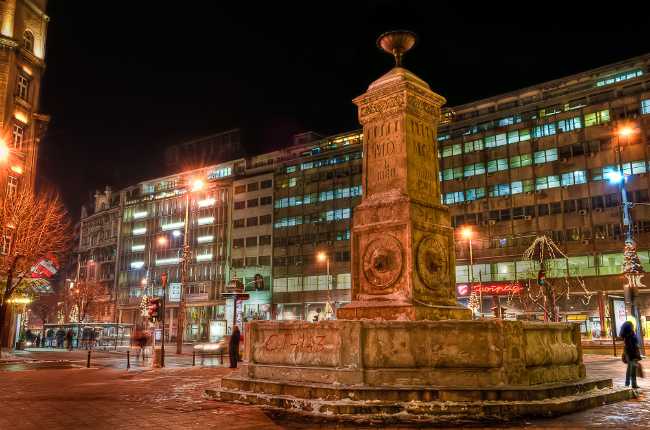
Terazije Square is the historic and symbolic heart of Belgrade, serving as the city’s designated center since the 19th century. Located in the Stari Grad municipality, it connects major thoroughfares such as Knez Mihailova Street, King Milan Street, and Nikola Pašić Square. Originally named after Ottoman-era water towers called “terazije,” the square evolved into a bustling hub of commerce, culture, and transit. Its architectural highlights include the iconic Hotel Moskva, the Art Nouveau Hotel Balkan, and the Palace Albania, once the tallest building in the Balkans. The Terazije Fountain, built in 1860, remains a central landmark. Though not a traditional square in shape, Terazije functions as a vital urban crossroads, linking key cultural institutions, parks, and shopping areas. Declared a protected cultural-historical unit in 2020, it continues to embody Belgrade’s layered history and dynamic urban life, making it a must-visit for anyone exploring the Serbian capital2.
Belgrade SerbiaTerazije Square is the designated center of Belgrade, situated in the Stari Grad municipality and bordered by key streets such as Kralja Milana, Prizrenska, and Knez Mihailova, the city’s main pedestrian avenue. This bustling square is surrounded by some of Belgrade’s most iconic landmarks, including the historic Hotel Moskva with its distinctive façade, the modernist Albania Palace, and the famous Terazije Fountain, a symbol of the city since 1860. The square is a lively hub filled with shops, cafes, restaurants, and underground passageways, making it a popular meeting point for locals and visitors alike. Terazije connects directly to Republic Square, Nikola Pašić Square, and the Zeleni Venac market, and is within walking distance of the National Theatre, National Museum, and Knez Mihailova Street, which leads to Kalemegdan Fortress. Its central location and vibrant atmosphere make Terazije Square a focal point for exploring Belgrade’s architectural heritage, cultural institutions, and urban life.
 Belgrade Fortress
Belgrade
Belgrade Fortress
Belgrade
 National Museum of Serbia
Belgrade
National Museum of Serbia
Belgrade
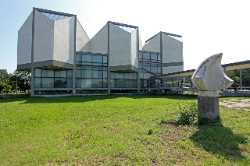 Museum of Contemporary Art in Belgrade
Belgrade
Museum of Contemporary Art in Belgrade
Belgrade
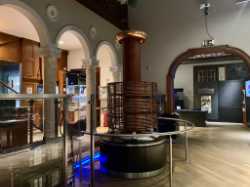 Nikola Tesla Museum
Belgrade
Nikola Tesla Museum
Belgrade
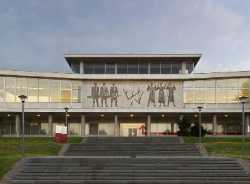 Museum of Yugoslavia
Belgrade
Museum of Yugoslavia
Belgrade
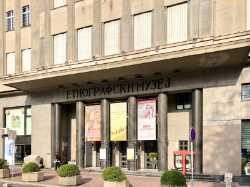 Ethnographic Museum
Belgrade
Ethnographic Museum
Belgrade
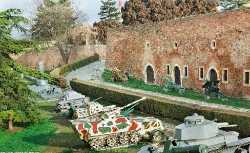 Military Museum
Belgrade
Military Museum
Belgrade
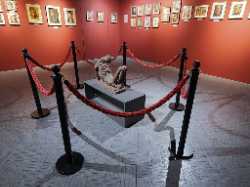 Historical Museum of Serbia
Belgrade
Historical Museum of Serbia
Belgrade
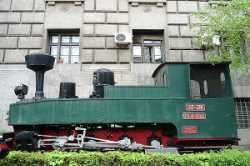 Railway Museum
Belgrade
Railway Museum
Belgrade
 Royal Palace
Belgrade
Royal Palace
Belgrade
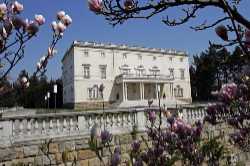 White Palace
Belgrade
White Palace
Belgrade
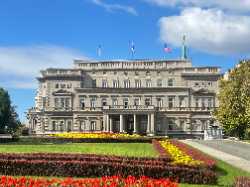 Old Palace
Belgrade
Old Palace
Belgrade
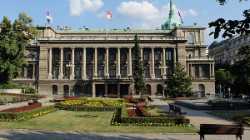 New Palace
Belgrade
New Palace
Belgrade
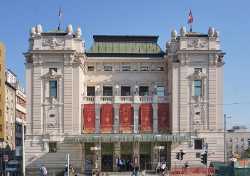 National Theatre in Belgrade
Belgrade
National Theatre in Belgrade
Belgrade
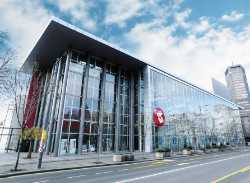 Yugoslav Drama Theatre
Belgrade
Yugoslav Drama Theatre
Belgrade
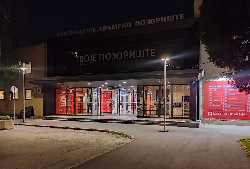 Belgrade Drama Theatre
Belgrade
Belgrade Drama Theatre
Belgrade
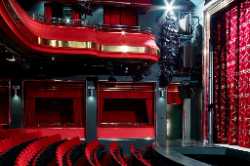 Terazije Theatre
Belgrade
Terazije Theatre
Belgrade
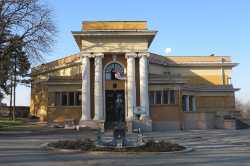 Cvijeta Zuzorić Art Pavilion
Belgrade
Cvijeta Zuzorić Art Pavilion
Belgrade
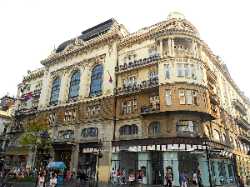 Gallery of the Serbian Academy of Sciences and Arts
Belgrade
Gallery of the Serbian Academy of Sciences and Arts
Belgrade
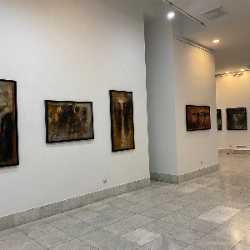 ULUS Gallery
Belgrade
ULUS Gallery
Belgrade
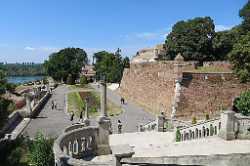 Kalemegdan Park
Belgrade
Kalemegdan Park
Belgrade
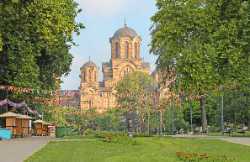 Tasmajdan Park
Belgrade
Tasmajdan Park
Belgrade
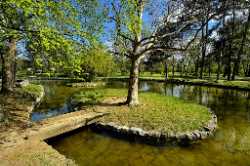 Topčider Park
Belgrade
Topčider Park
Belgrade
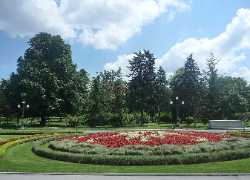 Pionirski Park
Belgrade
Pionirski Park
Belgrade
 Botanical Garden Jevremovac
Belgrade
Botanical Garden Jevremovac
Belgrade
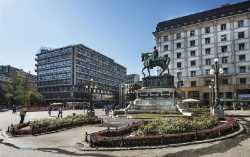 Trg Republike
Belgrade
Trg Republike
Belgrade
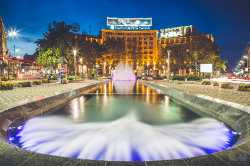 Nikola Pašić Square
Belgrade
Nikola Pašić Square
Belgrade
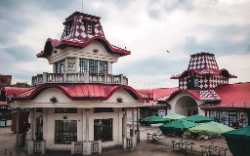 Zeleni Venac Market
Belgrade
Zeleni Venac Market
Belgrade
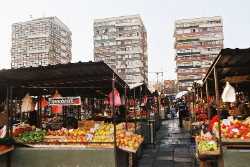 Kalenić Market
Belgrade
Kalenić Market
Belgrade
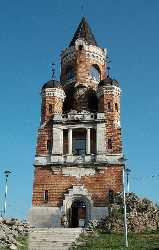 Gardos Tower
Belgrade
Gardos Tower
Belgrade
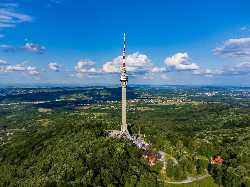 Avala Tower
Belgrade
Avala Tower
Belgrade
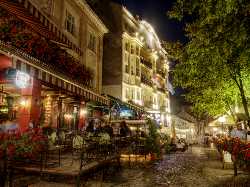 Skadarlija Street
Belgrade
Skadarlija Street
Belgrade
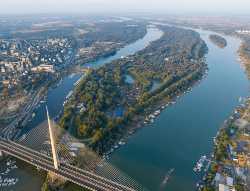 Ada Ciganlija
Belgrade
Ada Ciganlija
Belgrade
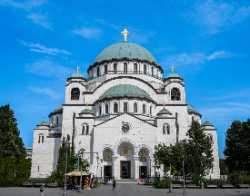 St. Sava Temple
Belgrade
St. Sava Temple
Belgrade
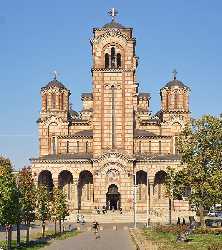 St. Mark’s Church Belgrade
Belgrade
St. Mark’s Church Belgrade
Belgrade
 Knez Mihailova Street
Belgrade
Knez Mihailova Street
Belgrade
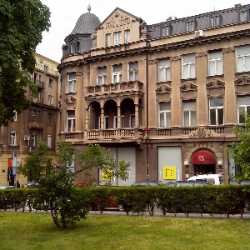 Museum of Applied Arts
Belgrade
Museum of Applied Arts
Belgrade
 Zepter Museum
Belgrade
Zepter Museum
Belgrade
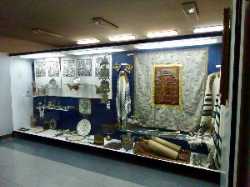 Jewish Historical Museum
Belgrade
Jewish Historical Museum
Belgrade
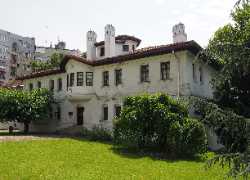 Konak Kneginje Ljubice
Belgrade
Konak Kneginje Ljubice
Belgrade
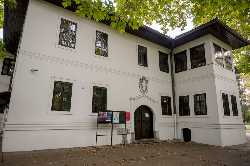 Konak Kneza Miloša
Belgrade
Konak Kneza Miloša
Belgrade
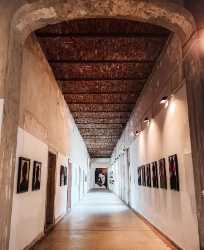 Museum of the City of Belgrade
Belgrade
Museum of the City of Belgrade
Belgrade
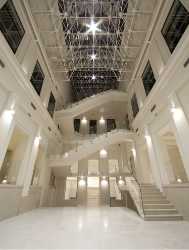 Yugoslav film archive
Belgrade
Yugoslav film archive
Belgrade
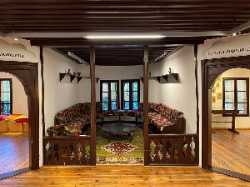 Vuk & Dositej Museum
Belgrade
Vuk & Dositej Museum
Belgrade
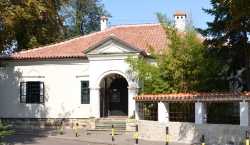 Museum of Theatrical Arts
Belgrade
Museum of Theatrical Arts
Belgrade
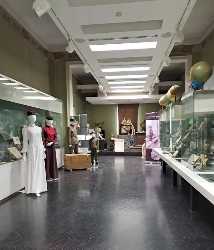 Museum of Pedagogy
Belgrade
Museum of Pedagogy
Belgrade
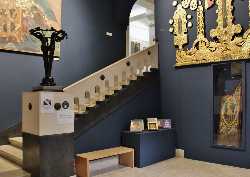 Museum of Serbian Orthodox Church
Belgrade
Museum of Serbian Orthodox Church
Belgrade
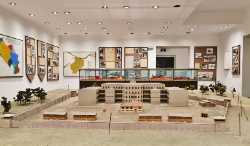 Museum of the Banjica Concentration Camp
Belgrade
Museum of the Banjica Concentration Camp
Belgrade
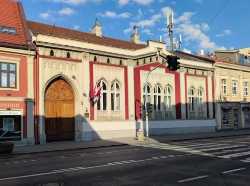 Zemun Homeland Museum
Belgrade
Zemun Homeland Museum
Belgrade
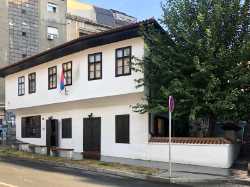 Manak’s House
Belgrade
Manak’s House
Belgrade
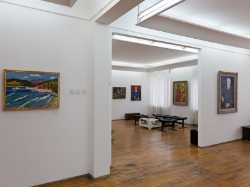 Gallery of Petar Dobrović
Belgrade
Gallery of Petar Dobrović
Belgrade
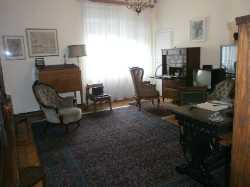 Museum of Ivo Andrić
Belgrade
Museum of Ivo Andrić
Belgrade
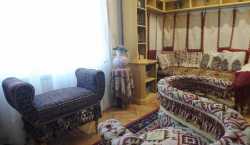 Museum of Jovan Cvijić
Belgrade
Museum of Jovan Cvijić
Belgrade
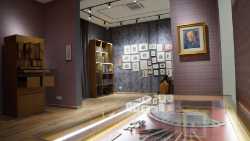 Museum of Nadežda and Rastko Petrović
Belgrade
Museum of Nadežda and Rastko Petrović
Belgrade
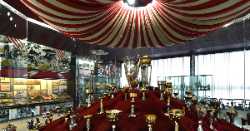 FK Crvena Zvezda Museum
Belgrade
FK Crvena Zvezda Museum
Belgrade
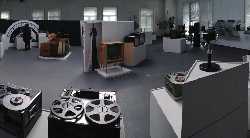 Museum of Science and Technology
Belgrade
Museum of Science and Technology
Belgrade
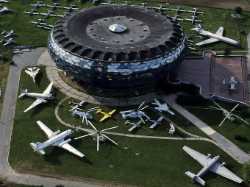 Museum of Aviation
Belgrade
Museum of Aviation
Belgrade
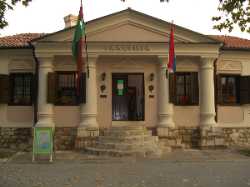 Museum of Natural History
Belgrade
Museum of Natural History
Belgrade
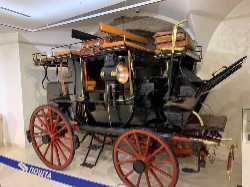 PTT Postal Museum
Belgrade
PTT Postal Museum
Belgrade
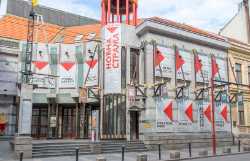 Atelje 212
Belgrade
Atelje 212
Belgrade
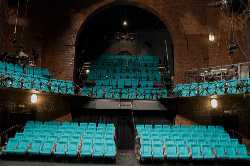 Bitef Theatre
Belgrade
Bitef Theatre
Belgrade
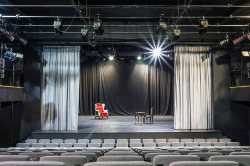 Zvezdara Theatre
Belgrade
Zvezdara Theatre
Belgrade
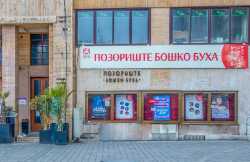 Boško Buha Theatre
Belgrade
Boško Buha Theatre
Belgrade
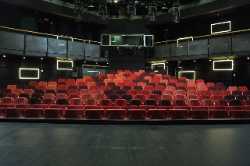 Duško Radović Little Theatre
Belgrade
Duško Radović Little Theatre
Belgrade
 Gallery SANU
Belgrade
Gallery SANU
Belgrade
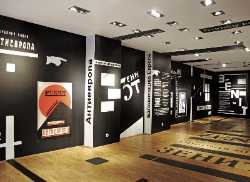 O3ONE Art Space
Belgrade
O3ONE Art Space
Belgrade
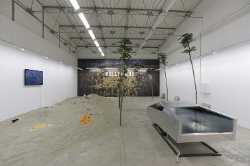 Eugster Belgrade Gallery
Belgrade
Eugster Belgrade Gallery
Belgrade
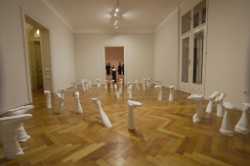 X Vitamin Gallery
Belgrade
X Vitamin Gallery
Belgrade
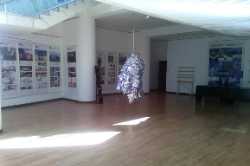 Progres Gallery
Belgrade
Progres Gallery
Belgrade
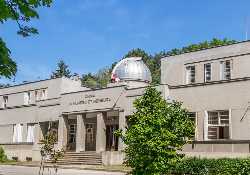 Belgrade Observatory
Belgrade
Belgrade Observatory
Belgrade
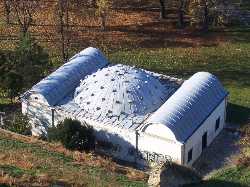 Belgrade Planetarium
Belgrade
Belgrade Planetarium
Belgrade